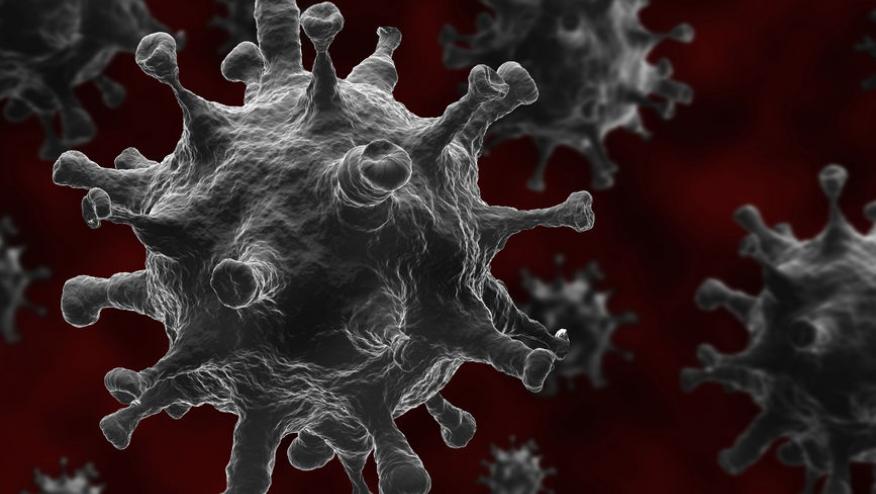Potential Role of B Cells in COVID Save

A pre-proof letter to the editor in the Journal of Allergy and Clinical Immunology presents a series of patients with immunoglobulin deficiency disorders and how they differentially responded when infected with the coronavirus.
They identified seven Primary Antibody Deficiencies (PAD) patients with COVID-19 infection; five affected with Common Variable Immune Deficiencies (CVIDs) and two affected with Agammaglobulinemia, one with X-linked Agammaglobulinemia (XLA) and one with Autosomal Recessive Agammaglobulinemia (ARA).
All of the PAD patients have defective antibody production. Patients with Agammaglobulinemia lack B lymphocytes whereas patients with CVID have dysfunctional B lymphocytes.
Their experience with COVID-19 infection
- Agammaglobulinemia patients (n=2) had mild symptoms, short duration, and no need IL-6 inhibitors, and had a favorable outcome.
- CVID patients (n=5) presented with a severe COVID infection requiring multiple drug treatment, including antiretrovirals agents and IL-6 blocking drugs, and mechanical ventilation. The strikingly different clinical course of COVID-19 in patients with Agammaglobulinemia compared to CVIDs cannot be explained by the level of serum immunoglobulins which were similarly low in all PAD patients at diagnosis, and were maintained at adequate and comparable levels in all patients by immunoglobulin substitutive therapy.
Similarly, there are case reports of CVID patients hospitalized with COVID-19 showing extensive lung damage on high resoluction CT scans. By contrast, there are reports of lung HRCTs of an Agammaglobuliniemia patient with COVID-19 infection, showing little change from a lung HRCT performed one year earlier.
PAD patients are vulnerable to most bacterial and viral infections. Patients with Agammaglobulinemia are susceptible to a limited number of viral infections only, mainly norovirus and enteroviruses such as polioviruses. CVIDs patients are susceptible to rhinoviruses, noroviruses, and herpesviruses.
Their observation suggests that immunoglobulin levels are not predictive, but B lymphocyte number (agammaglobulinemia) or function (CVID) may be critical. Agammaglobulinemia patients had a milder course with COVID-19, suggests a role of B lymphocytes in the SARS-CoV-2 induced inflammation. Potientially the lack of B cell-derived IL-6 abrogates the risk of cytokine storm that is associated with poorer outcomes.
Future COVID-19 treatments consider the possibility of B cell targeted therapy to block disease progression.










If you are a health practitioner, you may Login/Register to comment.
Due to the nature of these comment forums, only health practitioners are allowed to comment at this time.